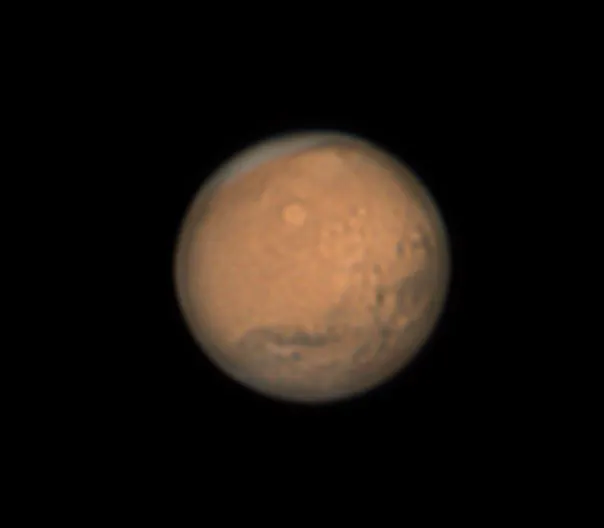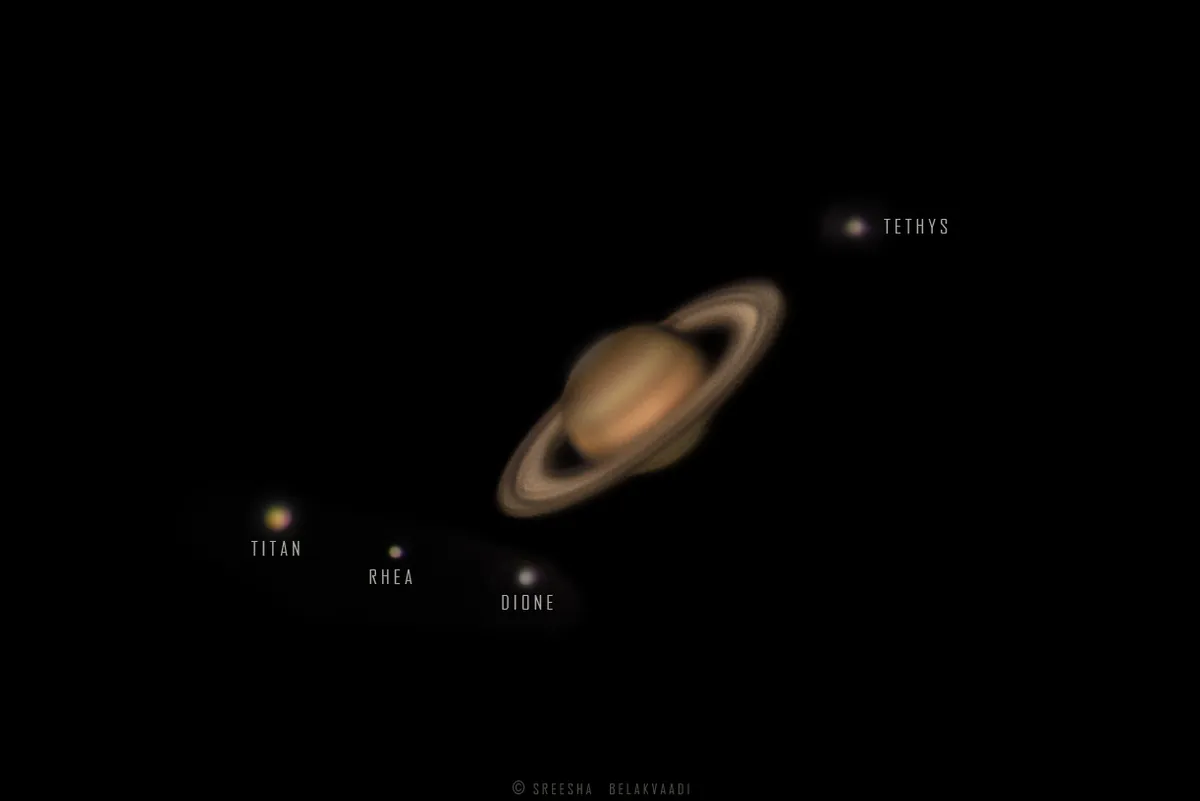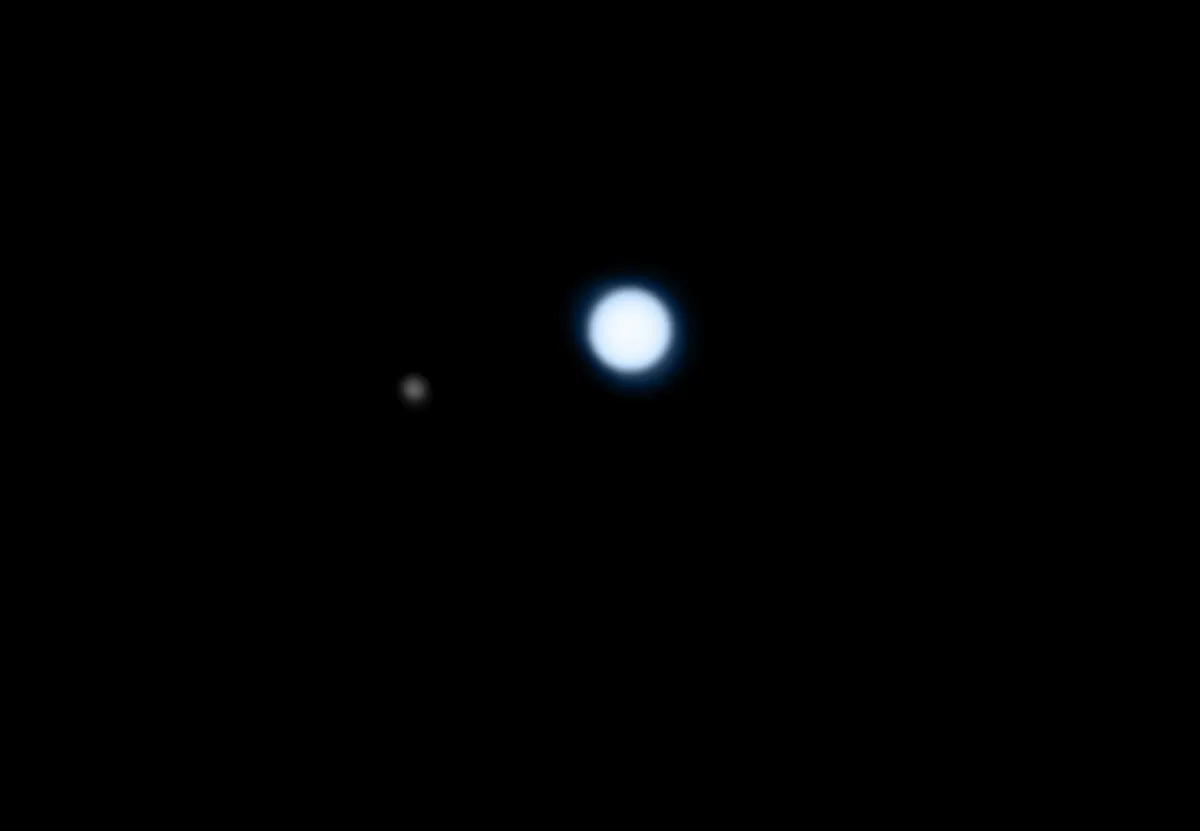Our Solar System is home to hundreds of moons, but how many can you observe?
Some – like our own and the brighter ones around Jupiter and Saturn – are relatively easy to see with the naked eye, binoculars or a small telescope.
More observing guides


Some even claim that Jupiter’s outer Galilean moons, Callisto and Ganymede, can be seen without equipment when at elongation – though this would be a serious challenge, even for those with exceptionally keen eyesight!
Jupiter and Saturn

You can see some, if not all, four Galilean moons using binoculars, provided you can hold them steady.
For more information, read our guide to observing Jupiter's moons.
The same goes for Titan, the largest and brightest of Saturn’s moons, though the fainter, amateur-accessible ones require at least a telescope.
For more information, read our guide to observing Saturn's moons.
Mars

Mars has two faint moons, but these can only be glimpsed at a time near opposition and preferably a favourable one at that.
Sadly, you’ll have to wait until February 2027 for the next Mars opposition, and it’s not particularly favourable.
Being small, Phobos (diameter 22km) and Deimos (diameter 12km) require a steady night and a large image scale to be caught.
You’ll probably need to put those on the back burner for now.
Uranus and Neptune

The outer planets, Uranus and Neptune, have a good number of natural satellites, but many are too faint to see with amateur kit.
In the case of Uranus's moons, there are five that may be seen, although – as with Mars – you’ll need a good image scale to grab them.
You’ll have to set your camera to overexpose the planet in order to catch the moons.
Oberon, Titania, Umbriel and Ariel shouldn’t prove too hard for planetary imaging setups, but the inner moon Miranda can prove elusive and take several attempts.

For Neptune, it’s the planet’s largest moon, Triton, that’s within reach. Surprisingly for such a distant world, Triton is relatively easy to capture.
Neptune typically shines at around mag. +7.9, while Triton hovers near 13th magnitude.
For visual attempts, use a large aperture and high-power eyepiece, ideally on a night of steady seeing.
The same goes for imaging: an extended exposure that over-exposes the planet should reveal the presence of this 1,700km-diameter moon.
It may take a while to record all of these moons, especially since capturing Phobos and Deimos requires waiting for a favourable opposition of Mars.
Keep a log of the ones you’ve observed, and once you’ve covered the more accessible targets, there are still a few fainter and more challenging moons around Jupiter and Saturn to extend your moon-hunting adventure even further.
Solar system moons key observing info
| Name | Planet | Mag. (typical) | Difficulty | Notes |
|---|---|---|---|---|
| Luna | Earth | –12 | Easy | Naked eye |
| Phobos | Mars | +12 | Hard | Needs favourable opposition |
| Deimos | Mars | +13 | Hard | Needs favourable opposition |
| Io | Jupiter | +6 | Easy | Small scope |
| Europa | Jupiter | +6 | Easy | Small scope |
| Ganymede | Jupiter | +5.5 | Easy | Small scope |
| Callisto | Jupiter | +6.5 | Easy | Small scope |
| Mimas | Saturn | +12.9 | Tricky | Stays close to Saturn |
| Enceladus | Saturn | +11.7 | Moderate | Remains relatively close to Saturn |
| Tethys | Saturn | +10.2 | Easy | Small scope |
| Dione | Saturn | +10.4 | Easy | Small scope |
| Rhea | Saturn | +9.7 | Easy | Small scope |
| Titan | Saturn | +8.3 | Easy | Small scope |
| Hyperion | Saturn | +14.2 | Moderate | Dim, swings wide of Saturn |
| Iapetus | Saturn | +10.2 to +11.9 | Easy | Brighter when west of Saturn |
| Phoebe | Saturn | +16.5 | Hard | Large, highly inclined orbit |
| Miranda | Uranus | +16.5 | Hard | Stays close to Uranus |
| Ariel | Uranus | +14.4 | Moderate | Large scope or planetary imaging setup |
| Umbriel | Uranus | +15 | Moderate | Large scope or planetary imaging setup |
| Titania | Uranus | +13.9 | Moderate | Large scope or planetary imaging setup |
| Oberon | Uranus | +14.1 | Moderate | Large scope or planetary imaging setup |
| Triton | Neptune | +13.5 | Fairly easy | Large scope or planetary imaging setup |
Share your Solar System moon observations and images with us by emailing contactus@skyatnightmagazine.com
